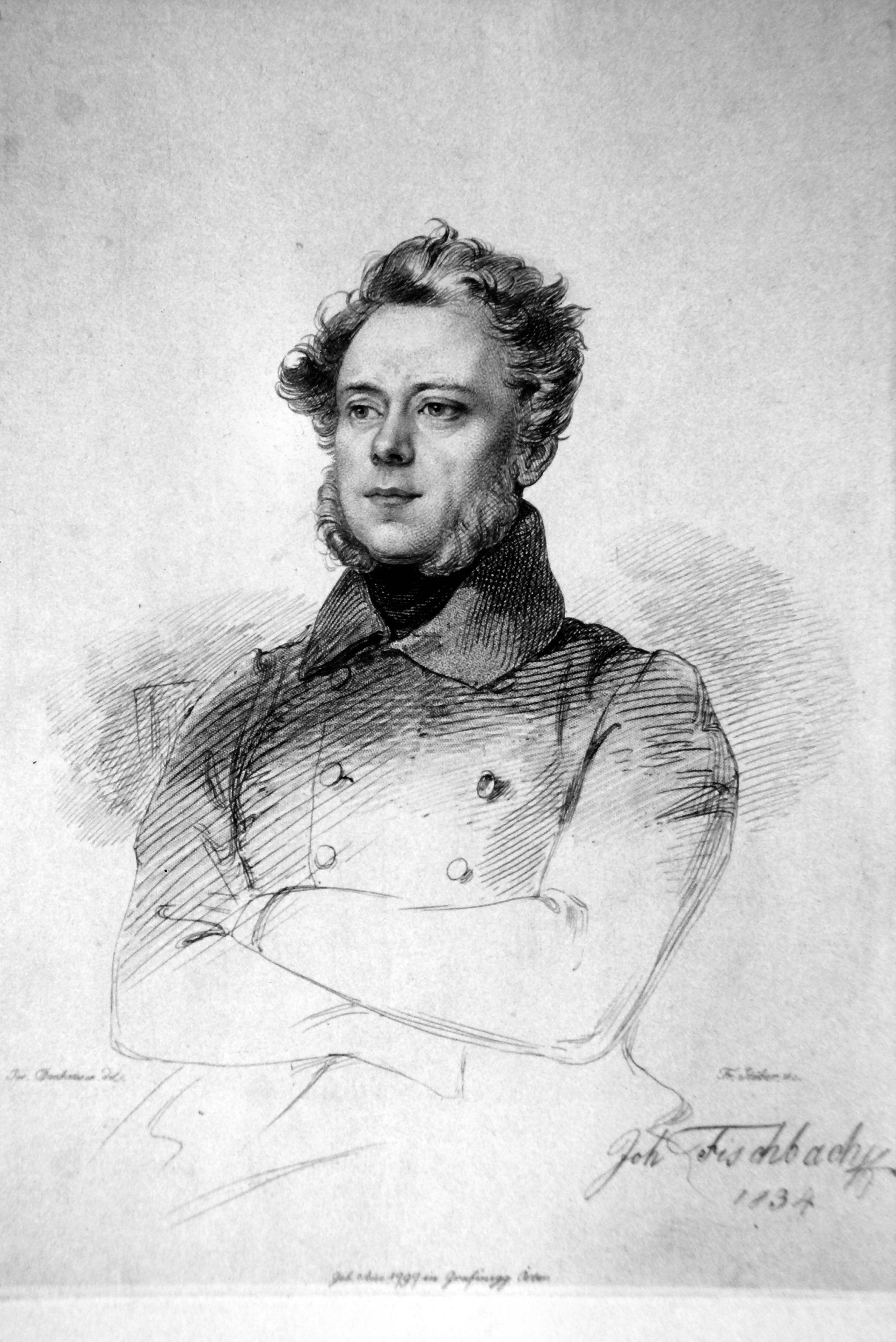Johann Fischbach on:
[Wikipedia]
[Google]
[Amazon]
 Johann (Franz) Fischbach (5 April 1797 in
Johann (Franz) Fischbach (5 April 1797 in
/ref>
Image:Fischbach, johann, salzburger ansicht mit dem kapuzinerberg.jpg, ''View of Salzburg with the
Fischbach, Johann
in
ArtNet: Four pages of paintings by Fischbach
Niederösterreich Personen Lexikon: Brief biography of Fischbach
* {{DEFAULTSORT:Fischbach, Johann 1797 births 1871 deaths People from Krems-Land District Painters from the Austrian Empire Academy of Fine Arts Vienna alumni
 Johann (Franz) Fischbach (5 April 1797 in
Johann (Franz) Fischbach (5 April 1797 in Grafenegg
Grafenegg is a market town (Municipality) in the Krems-Land district of Lower Austria, Austria.
History
Originally called Etsdorf-Haitzendorf, it changed its name in 2003.
Population
Sights
Grafenegg is renowned for Schloss Grafenegg, owne ...
– 19 June 1871 in Munich
Munich is the capital and most populous city of Bavaria, Germany. As of 30 November 2024, its population was 1,604,384, making it the third-largest city in Germany after Berlin and Hamburg. Munich is the largest city in Germany that is no ...
) was an Austrian painter.SalzburgWiki: Brief biography/ref>
Life
He was the son of one of Count Breunerschen's stewards. His art studies began at theAcademy of Fine Arts Vienna
The Academy of Fine Arts Vienna () is a public art school in Vienna, Austria. Founded in 1688 as a private academy, it is now a public university. The academy is also known for twice rejecting admission to a young Adolf Hitler in 1907 and 1908.
...
, where he studied under Joseph Mössmer
Joseph Mössmer (20 May 1780 – 22 June 1845) was an Austrian painter and instructor at the Academy of Fine Arts Vienna.
Born in Vienna, he began his artistic training in 1796 under Friedrich August Brand. Later, as an instructor at the Acade ...
(1780-1845) and won the Grand Prize for landscape painting in 1821. He moved to Salzburg
Salzburg is the List of cities and towns in Austria, fourth-largest city in Austria. In 2020 its population was 156,852. The city lies on the Salzach, Salzach River, near the border with Germany and at the foot of the Austrian Alps, Alps moun ...
in 1840 and set up a studio there. He was also instrumental in creating the Salzburg Art Society and a small Academy that numbered Josef Mayburger and Hans Makart
Hans Makart (28 May 1840 – 3 October 1884) was an Austrian academic history painter, designer and decorator. Makart was a prolific painter whose ideas significantly influenced the development of visual art in Austria-Hungary, Germany, and other ...
's father among its students.
In 1851, he built his own villa (Swiss chalet style
Swiss chalet style (, ) is an architectural style of Historicism (art), Late Historicism, originally inspired by rural chalets in Switzerland and the Alps, Alpine (mountainous) regions of Central Europe. The style refers to traditional building d ...
) in Aigen. It is still known as the ''Fischbachvilla''. After the early death of his son August, who had shown great promise, he became deeply depressed and spent the last decade of his life in Munich, away from anything that might be a sad reminder of happier days.
Together with Moritz von Schwind
image:Moritz von Schwind 2.jpg, 200px, Moritz von Schwind, c. 1860.
Moritz von Schwind (21 January 1804 – 8 February 1871) was an Austrian painter, born in Vienna. Schwind's genius was lyrical—he drew inspiration from chivalry, folklore, and t ...
and Ludwig Richter
Adrian Ludwig Richter (September 28, 1803June 19, 1884) was a German painter and etcher, who was strongly influenced by Erhard and Daniel Chodowiecki, Chodowiecki. He was a representative of both Romanticism and Biedermeier styles.
He was th ...
, he is considered one of the most important representatives of the Austrian Biedermeier
The Biedermeier period was an era in Central European art and culture between 1815 and 1848 during which the middle classes grew in number and artists began producing works appealing to their sensibilities. The period began with the end of th ...
style. Landscapes were his speciality, but he also produced genre art
Genre art is the pictorial representation in any of various media of scenes or events from everyday life, such as markets, domestic settings, interiors, parties, inn scenes, work, and street scenes. Such representations (also called genre works, ...
, portraits, vedute
A ''veduta'' (; : ''vedute'') is a highly detailed, usually large-scale painting or, more often, print of a cityscape or some other vista. The painters of ''vedute'' are referred to as ''vedutisti''.
Origins
This genre of landscape originated ...
and still life
A still life (: still lifes) is a work of art depicting mostly wikt:inanimate, inanimate subject matter, typically commonplace objects which are either natural (food, flowers, dead animals, plants, rocks, shells, etc.) or artificiality, human-m ...
s.
Selected works
Kapuzinerberg
Kapuzinerberg is a hill on the eastern bank of the Salzach river in the Salzburg, city of Salzburg in Austria, which rises to an elevation of . It is located to the north of Altstadt Salzburg, Salzburg's historic city centre, and forms part of th ...
'' (1844)
File:Johann Fischbach Rast vor der Kapelle.jpg, Resting in Front of the Chapel (1871)
Image:Fischbach, johann, vesperbrot.jpg, ''Vesper Bread'' (1831)
File:Johann Fischbach Salzburg um 1850 (detail).jpg, Salzburg (1850)
Notes
References
*Further reading
* *Fischbach, Johann
in
Constant von Wurzbach
Constantin Wurzbach Ritter von Tannenberg (11 April 1818 – 17 August 1893) was an Austrian biographer, lexicographer and author.
Biography
He was born in Laibach, Carniola (present-day Ljubljana, Slovenia).He later went on to complete a cou ...
, ''Biographisches Lexikon des Kaiserthums Oesterreich'', Vol.4, Vienna 1858. (Fraktur)
External links
ArtNet: Four pages of paintings by Fischbach
Niederösterreich Personen Lexikon: Brief biography of Fischbach
* {{DEFAULTSORT:Fischbach, Johann 1797 births 1871 deaths People from Krems-Land District Painters from the Austrian Empire Academy of Fine Arts Vienna alumni